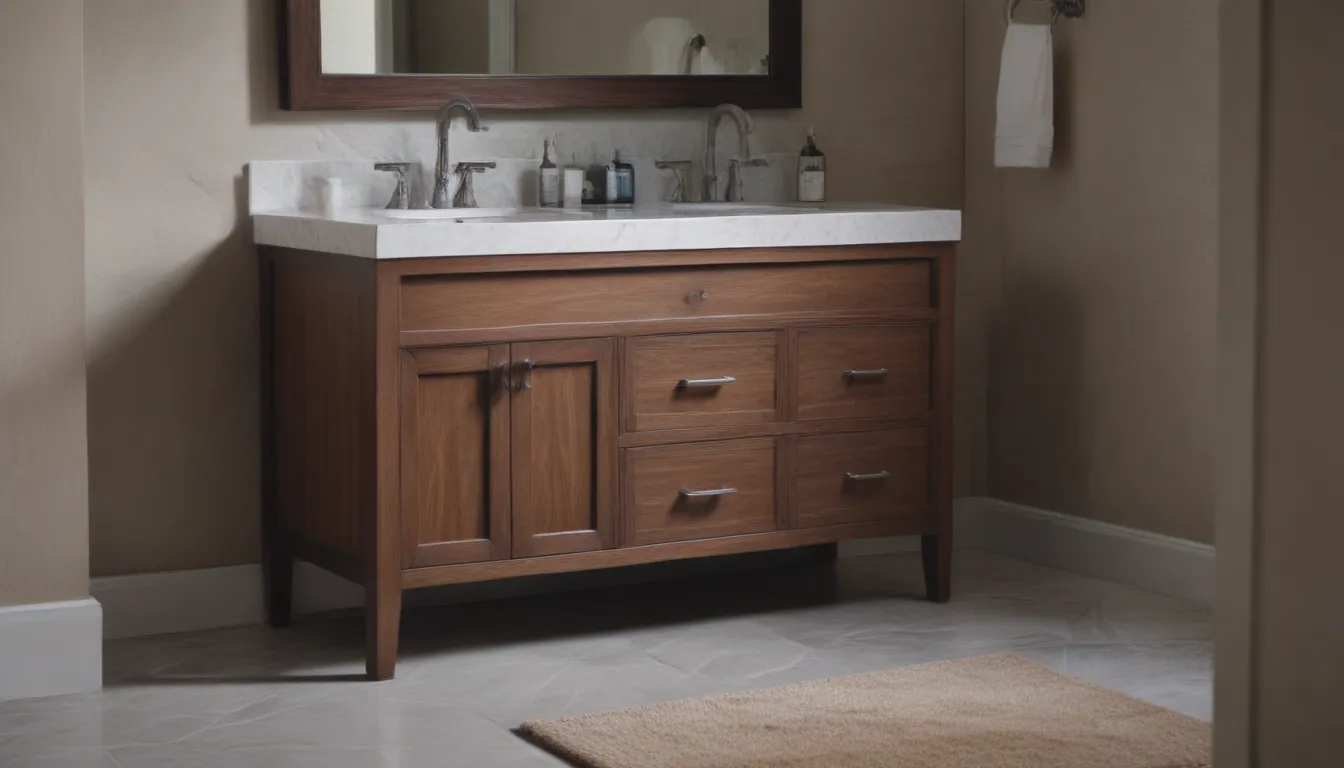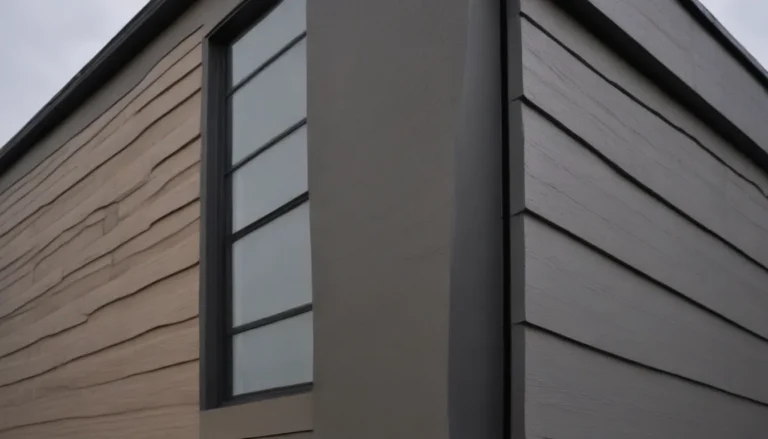All You Need to Know About Bathroom Vanity Heights

Are you thinking about renovating your bathroom and are unsure about the best bathroom vanity height for your space? Look no further! In this article, we will dive into everything you need to know about bathroom vanity heights to help you make the best decision for your home.
Understanding Bathroom Vanities
Before we jump into the nitty-gritty details of vanity heights, let’s take a moment to understand what bathroom vanities are all about. Bathroom vanities are essentially small countertops that hold the bathroom sink and provide a flat surface for various bathroom accessories, such as toothbrush holders, soap dispensers, or electric razors.
On average, a bathroom vanity will sit at about 30 to 34 inches in height, but there are also comfort height vanities that measure 36 inches. These comfort height vanities are designed to provide a more comfortable experience for taller users. When it comes to selecting the right vanity height for your space, there are a few factors to consider.
Standard Vanity Sizes
Typically, bathroom vanities range from 30 to 36 inches in height. Here’s a breakdown of standard vanity sizes:
- Standard Height: Vanities that measure about 30 to 34 inches fall under this category.
- Comfort Height: Vanities that measure 34 to 36 inches are considered comfort height, providing added comfort for taller users.
- Depth: Vanity depths can vary significantly, ranging from 17 to 24 inches.
- Width: Vanity widths are the most variable size factor, ranging from 24 to 72 inches.
Single-sink bathroom vanities take up less space and range from 24 to 48 inches in width. On the other hand, double-sink bathroom vanities can measure between 60 to 72 inches on average. Before finalizing the size of your vanity, be sure to measure your space carefully and plan the layout to accommodate the additional room needed for doors, cabinets, and drawers.
Factors to Consider for Vanity Height
When selecting the best bathroom vanity height for your space, there are several factors to take into account. Let’s explore these considerations in more detail:
1. Height of the Average User
The height of the average user plays a crucial role in determining the ideal vanity height for your bathroom. Consider the heights of all household members and frequent visitors. While a 34-inch vanity may cater to a wide range of users, opting for a 30-inch or 32-inch vanity could provide added comfort for shorter individuals. Conversely, a 36-inch vanity would be more suitable for taller users.
2. Current Vanity Height
If you already have a vanity in place, consider the existing plumbing and electrical layout designed for that vanity. Switching to a significantly taller or wider vanity may require adjustments to water and drain lines, as well as electrical outlets. If you’re not experienced in these areas, it’s best to hire professionals for these upgrades or opt for a vanity that suits your existing infrastructure.
3. Available Space and Layout
Ensure that your chosen vanity fits comfortably in your bathroom without obstructing access to other fixtures like the toilet, shower, or tub. Additionally, consider the layout of your bathroom and position the vanity where the current one is located. The vanity height should align with the average user’s comfort and sit about five to 10 inches below the mirror’s position.
Sink Styles and Their Impact on Vanity Height
While most bathroom sink types won’t drastically affect the vanity design, there are specific sink styles that could influence the countertop height, size, and layout. Consider these sink styles:
- Vessel Sinks: These can add height to your vanity and may require adjustments to accommodate their height.
- Undermount Sinks: These typically have a lower profile and won’t impact the vanity height significantly.
- Tabletop Sinks: Depending on the sink’s height, you may need to adjust the vanity height accordingly.
Choosing the right vanity height is essential for ensuring everyone in your household has a comfortable experience in the bathroom. Take into account the average height of users in your home when making your decision.
When hanging a bathroom mirror, aim to position it at eye-level for most users, typically placing it about five to 10 inches above the vanity.
Conclusion
Selecting the best bathroom vanity height involves considering various factors such as user height, space constraints, and existing layout. By taking these factors into account and understanding the standard vanity sizes available, you can make an informed decision that enhances both the functionality and aesthetics of your bathroom.
Remember, the goal is to create a space that is comfortable and convenient for all users, so choose a vanity height that aligns with the needs of your household. With the right vanity height in place, you can transform your bathroom into a functional and stylish oasis for daily use.





